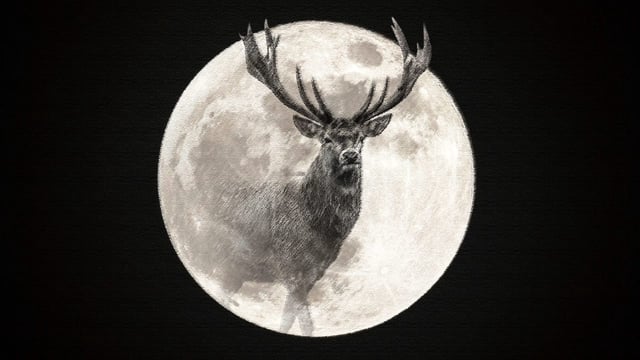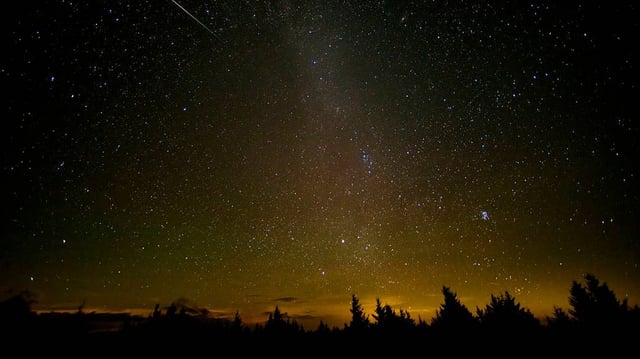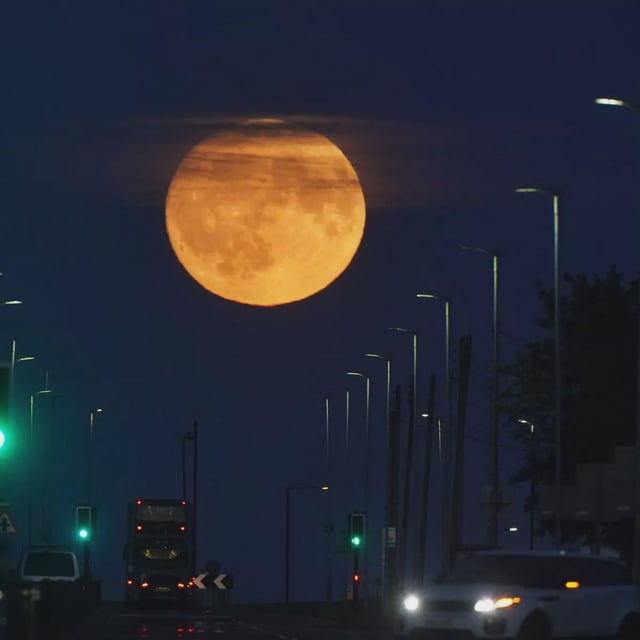Overview
- Earth’s early-July aphelion sets this Buck Moon at its farthest annual distance, leading to a low-horizon peak at 4:37 p.m. EDT on July 10.
- Observing guides published July 8 detail exact moonrise times, horizon angles and predicted orange-red hues from atmospheric scattering and the Moon illusion.
- On peak evening the full moon will transit Sagittarius’ Teapot asterism accompanied by three bright planets—Mars, Saturn and Venus.
- Full-moon names reference Indigenous, Colonial American and European traditions, with ‘Buck Moon’ marking male deer antler growth in midsummer.
- The Perseid meteor shower opens on July 14 and remains active through September 1, with peak rates forecast for August 12–13 under moonlit conditions.



